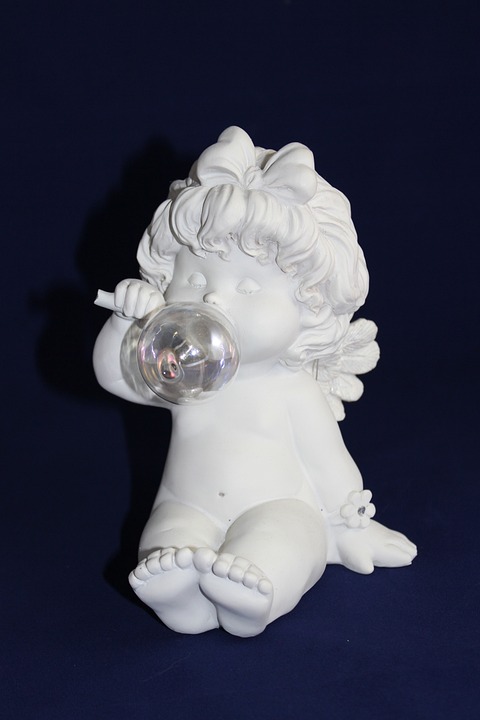Outdoor ponds can be a beautiful addition to any garden or backyard, providing a serene and natural habitat for fish. However, maintaining water clarity in these ponds can sometimes be a challenge, as various factors can lead to cloudiness. In this article, we will explore effective ways to manage water clarity in outdoor ponds, ensuring a healthy environment for your fish to thrive.
Understanding the Factors Affecting Water Clarity
1. Sunlight and Algae Growth:
Sunlight plays a significant role in promoting algae growth in outdoor ponds. Algae, when present in excessive amounts, can lead to water cloudiness and negatively impact the overall health of your fish. To minimize sunlight exposure and control algae growth, consider incorporating shading elements like aquatic plants or artificial covers. These will help reduce the amount of sunlight reaching the pond, thereby limiting algae growth and improving water clarity.
2. Nutrient Imbalance and Organic Debris:
Nutrient imbalances, such as high levels of nitrates and phosphates, can contribute to water cloudiness. Organic debris, such as leaves, twigs, and decaying matter, can also have a similar effect. It is essential to remove these materials regularly to prevent the accumulation of nutrients and debris that can cloud the water. Maintaining a balanced ecosystem by introducing beneficial bacteria and aquatic plants can also help in minimizing nutrient imbalances and promoting water clarity.
3. Inadequate Filtration and Circulation:
Proper filtration and water circulation are crucial for maintaining water clarity in outdoor ponds. Choosing the right filtration system for your specific pond requirements is essential. Mechanical filters can remove large debris, while biological filters can break down harmful substances and maintain water quality. Regular maintenance routines, such as cleaning filters and checking pump functionality, will also ensure effective filtration and circulation.
4. Fish Waste and Overfeeding:
Fish waste and overfeeding can contribute to water cloudiness. The breakdown of fish waste releases ammonia, which can negatively impact water quality. Overfeeding your fish leads to excess food debris that can accumulate and degrade water clarity. Managing fish waste through proper feeding practices, such as establishing a feeding schedule and portion control, can help maintain water clarity and prevent nutrient imbalances.
Effective Techniques for Maintaining Water Clarity
1. Regular Water Testing and Monitoring:
Understanding the water parameters of your outdoor pond is crucial for maintaining water clarity. Regularly test for parameters such as pH, ammonia, nitrites, and nitrates to identify potential issues and take appropriate actions. Maintaining optimal water conditions through proper water testing and monitoring will help ensure clarity and the overall health of your fish.
2. Installing and Maintaining a Pond Filter:
Installing a pond filter is essential for effective water filtration. Different types of filters, such as mechanical, biological, or a combination of both, offer various functions. Proper installation and regular maintenance of filters, including cleaning or replacing filter media, will help maintain water clarity by removing debris and harmful substances.
3. Optimizing Water Circulation:
Water movement and aeration play a vital role in maintaining water clarity. Installing pumps and air stones can improve water circulation and increase oxygen levels. This helps prevent stagnant areas where debris and nutrients can accumulate, promoting water clarity and overall pond health.
4. Proper Fish Feeding Techniques:
Understanding the nutritional needs of your fish is essential for maintaining water clarity. Establish a feeding schedule and portion control to avoid overfeeding. Overfeeding leads to excess food debris and fish waste, which can cloud the water. By practicing responsible feeding habits, you can minimize waste accumulation and maintain water clarity.
FAQs – Frequently Asked Questions
Q1. How often should I test the water parameters in my outdoor pond?
It is recommended to test the water parameters of your outdoor pond at least once a week, especially during warmer months when algae growth and nutrient imbalances are more likely to occur.
Q2. Can I use UV sterilizers to control algae growth in my pond?
Yes, UV sterilizers can be used to control algae growth in outdoor ponds. They work by exposing the water to UV light, which kills or disrupts the growth of algae cells. However, it is crucial to use UV sterilizers in conjunction with proper filtration and maintenance practices for optimal results.
Q3. Should I use biological or mechanical filtration in my pond?
Both biological and mechanical filtration have their advantages. Mechanical filters are effective at removing large debris, while biological filters break down harmful substances. A combination of both types of filtration is often recommended for optimal water clarity and overall pond health.
Q4. What are some natural remedies to improve water clarity in my pond?
Some natural remedies to improve water clarity include introducing beneficial bacteria, adding aquatic plants to absorb excess nutrients, and incorporating shading elements to minimize sunlight exposure.
Q5. Are there any fish species that can help maintain water clarity in outdoor ponds?
Certain fish species, such as Koi and Goldfish, are known to help maintain water clarity. These fish feed on algae and insect larvae, which can contribute to water cloudiness. However, it is important to consider the specific needs and compatibility of these fish with other pond inhabitants before introducing them.
Conclusion
Maintaining water clarity in outdoor ponds is crucial for the health and well-being of your fish. By understanding the factors that affect water clarity and implementing effective management techniques, you can enjoy a crystal-clear pond that provides a thriving habitat for your fish. Remember to regularly test and monitor water parameters, install proper filtration systems, optimize water circulation, and practice responsible feeding habits. With these strategies in place, you can enjoy the beauty and tranquility of your outdoor pond for years to come.









